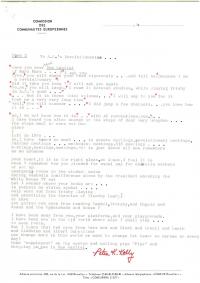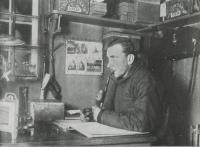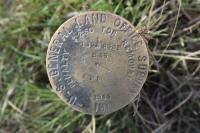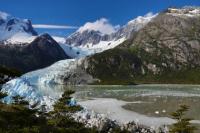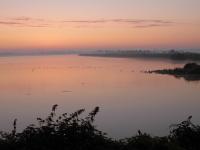Transformation of Landscapes | Human-Nature Relations in German Literature: A Curated Stroll
In this chapter of her virtual exhibition “Human-Nature Relations in German Literature,” Sabine Wilke discusses texts that register transformations of landscapes or take a position on their causes. For the German-language version of this exhibition, click here.



